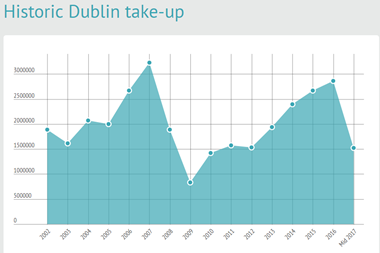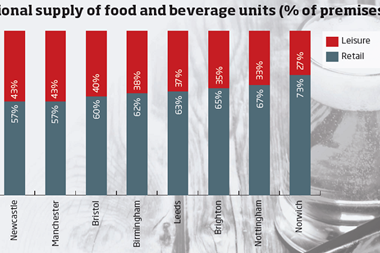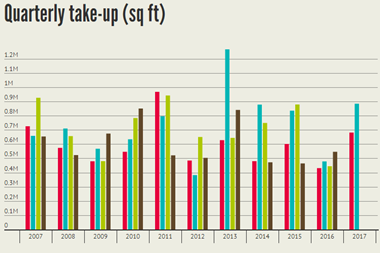As the founder of a number of tech start-ups, I am often asked what the future holds for commercial property agents. Will their role still exist in 15 years? Will technology reign? How will data and software change a market that has historically largely been face-to-face?

While no one knows precisely what the profession will look like in 2030, we can look to other industries to identify significant trends.
The first trend is that consumer services are training us all to have higher expectations of B2B services. It wasn’t long ago that B2B software was an isolated system that looked like a developer had written code with no discernible thought for the end-users.
Today, transparency, a great user experience and process automation are must-haves for any B2B service or marketplace.
The examples of these trends are in abundance: Appear Here offers pop-up retail spaces and provides transparency on locations we did not previously know existed. Xero, an online accountancy platform, allows anyone running a small business to be their own bookkeeper and integrates seamlessly with a variety of HR and invoicing systems.
Base, a provider of customer relationship management tools for sales teams, allows users to track the activity of other users in real time through a Facebook-like activity feed.
These are three examples of great services that have successfully co-opted consumer features to enhance a B2B platform. I expect we’ll see more B2B services that take such steps in the future.
Understanding client needs
The second big trend is towards verticalisation of marketplaces. A decade ago, Gumtree and eBay offered a one-stop shop for many services. Today, each category on the homepage of Gumtree is its own vertical and there is a separate business for each one. Verticalisation means companies can provide a great platform in one business sector rather than being spread thinly across many.
Property.Works is another example of a vertical marketplace. We are able to focus our efforts to understand the needs of our clients in the commercial property leasing sector.
The third trend is aggregation. Amazon has become the gorilla of retail through aggregation.
It aggregates thousands of sellers (including itself) in one space, allowing customers to purchase just about anything through its platform. Such massive aggregation provides its buyers and sellers massive network effects - that is, the bigger it gets, the more buyers and sellers will benefit from Amazon’s size.

In residential property, Rightmove, Zoopla and OnTheMarket have provided more aggregation than any one agency ever could, so home buyers use these sites knowing the full selection is there.
Benefits of aggregation
What do these trends mean for commercial property? We already see platforms such as Property.Works gaining critical mass. The network effects of aggregation combined with great user experience will grow the number of small and mid-sized businesses that can successfully act for themselves when finding premises.
The ‘exhaust’ of such platforms is analytics data. Agents can see in real time the type of properties being searched for and the prices the market is willing to bear. Such analytics about occupiers and their habits will help agents win more mandates and become better at serving landlords.
Platforms that combine consumer-led features, vertical focus and scaled aggregation are letting businesses discover and lease more properties than ever. How all these trends ultimately play out remains to be seen, but when they do we will certainly have better tools to reach and serve far more occupiers than we’ve ever had before.
Joe Cohen is co-founder and chief executive of Property.Works































No comments yet